All The Clothing Your Child Needs For Daycare And Primary School

Of all the supplies your child will need for daycare or school, extra clothing and the right outdoor gear may be the most important. You’ll want to ensure that your child stays warm, dry, and comfortable. An extra set of clothes will also make it easier for daycare or nursery school staff to help take care of your child in case of an accident or spill.
Physical activity is crucial for a child’s development and something all daycares and schools should accommodate and facilitate. Whatever the weather may be, kids need to run around, climb the playground, jump in puddles, and make mud cakes in the sandbox. However, this also means the clothes that your child wears will likely get dirty, wet, or worn out. Therefore, having extra clothing for your child to change into if he or she needs to, is essential.
Include Extra Undergarments As Part Of Your Child’s Change Of Clothes.
Garments such as underwear, socks, and trousers, or long underwear, should be kept available at your child’s school, or in their backpack, year-round.
Another consideration parents might think about is the type of fabric their child’s clothing is made of. Wool can regulate heat which means that it feels warm in the winter but cool on warmer days. Wool also absorbs moisture and will keep kids warm even when wet. It is often recommended to wear wool underwear under rain gear because it will absorb any water and keep the skin from getting clammy. Wool socks are a particularly worthwhile investment if you want to ensure that your children’s feet stay warm in the rain and cold.
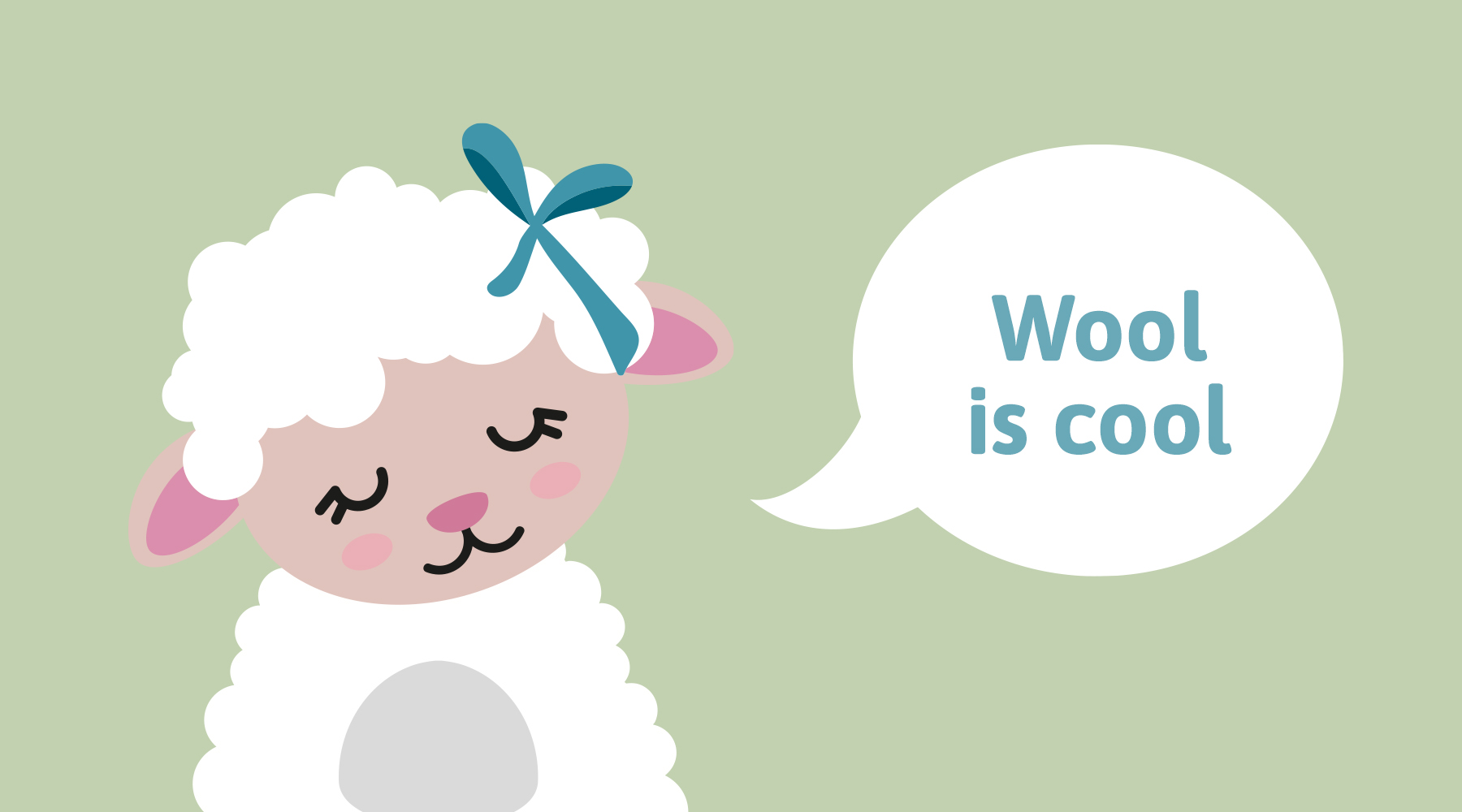
For children who cannot tolerate wool close to the skin, some wool garments have a bamboo lining on the inside. Bamboo material feels silky soft and will not provoke itching. Although the bamboo material may not be as warm as pure wool, it’s antiseptic, temperature regulating, and absorbent. Cotton and other lighter materials will be fine for warm, dry days in the summertime.
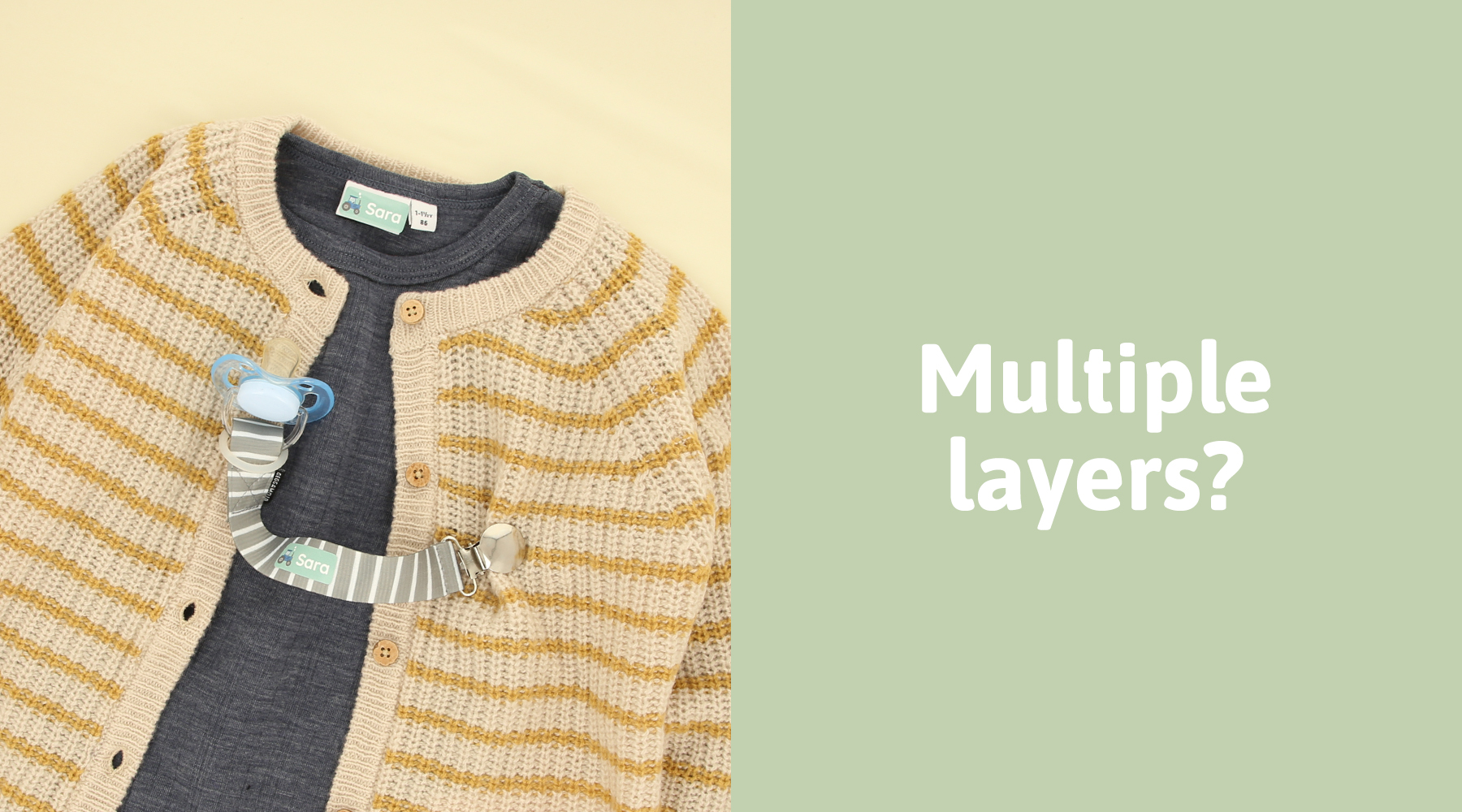
Must-Have Gear To Include On Rainy Days
There are a lot of different options when it comes to rain gear, but a set with pants and a jacket is essential for little ones that love to splash in puddles. Some rain gear can be thick, which is great for keeping kids extra warm and dry, but a lighter, thinner material gives your child more freedom of movement. Read product reviews or ask the school staff for their opinions to make the best decision for your child.
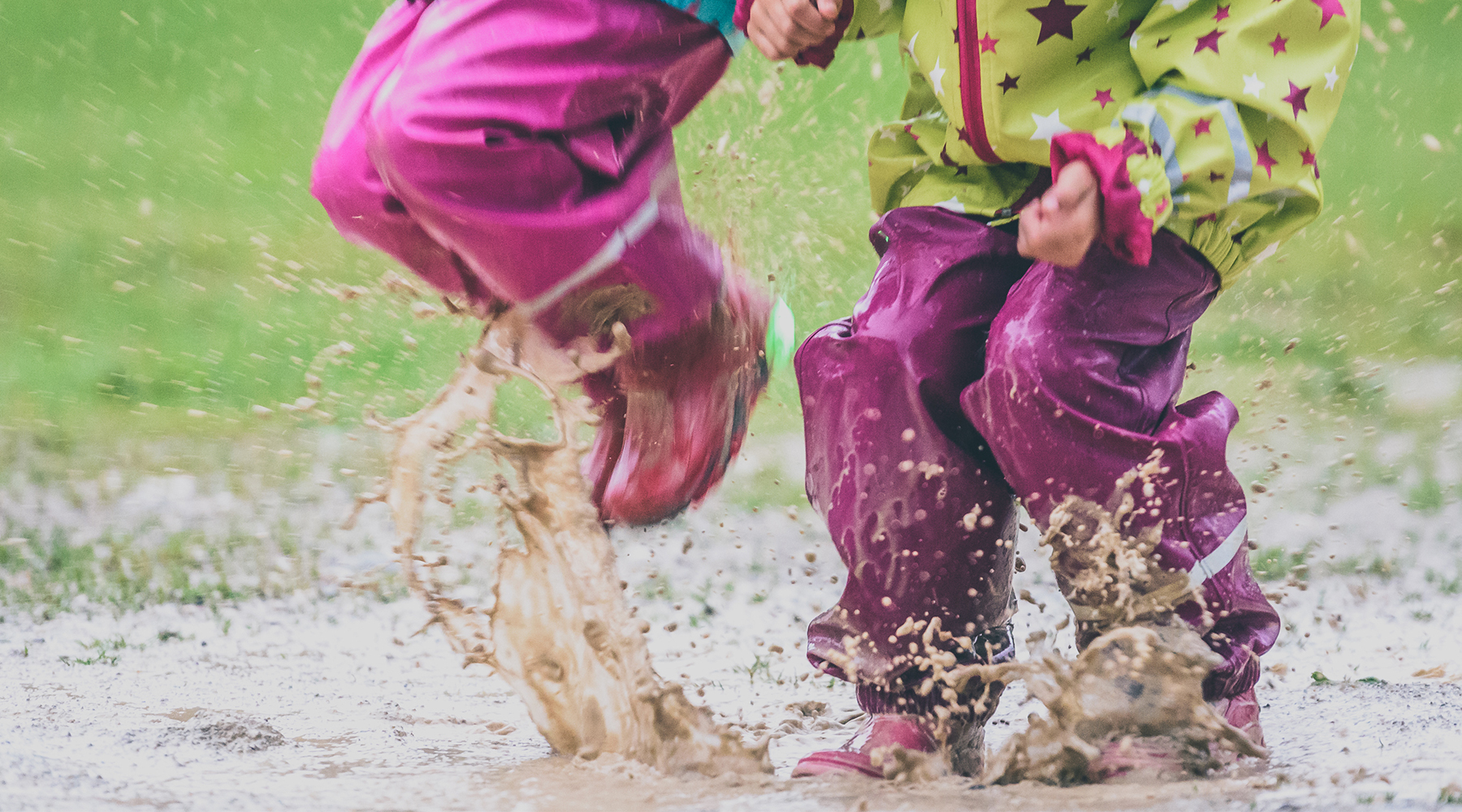
Elastics around the ankles of the rain pants and around the sleeves of the jacket help prevent legs and arms from sliding up and letting water in. You should regularly inspect the condition of the elastic on your child’s rain gear because it can stretch out.
Rain gear is likely to get dirty quickly, so a second set of rain gear to quickly swap out at school is a worthwhile investment if you can afford it. Otherwise, you may need to bring items home and wash them frequently!
Invest in a Durable Parka to Keep Your Child Warm
If you live in one of the colder parts of the country, one of the most important pieces of clothing to keep in school and kindergarten is a parka. The quality of parkas varies, and there is not always a connection between price and quality. Again, it’s a good idea to read reviews or ask school staff for advice before purchasing anything.
There are different parkas for all seasons. Some even have removeable lining on the inside so the child can wear the same parka all year. Parkas should be waterproof and have good breathability and durability. Make sure the parka is not too small to allow for layering clothing in colder weather and ensure your child’s movements are not restricted during play. Having two parkas, two pairs of winter shoes, and other back up clothing can hurt the budget. Hand-me-downs and second-hand items can help lighten some of the cost.
You may choose to have high-quality “main clothes” that are used daily, and then bring a backup that is only used when the main clothes are being washed. For example, if you have a well-used parka from an older child, it may be a great option as a backup or secondary parka. It can be used in crisis situations or while you are waiting for the main set of clothes to be washed and dried.
Remember to Label all Pieces of Clothing with Name Labels
At daycare or in a classroom with a dozen children or more, it’s difficult for staff to keep track of what clothing and outdoor garments belong to whom, especially if the kids have similar items. As a parent, it’s your responsibility to clearly label all clothing and gear with your child’s name.
At Teddylabels, you can buy self-adhesive name labels for all your child’s clothes – everything from the smallest socks to jackets to rubber boots. Our name labels are extra durable, waterproof, and will last round after round in the washer and dryer, withstanding temperatures up to 140 degrees.
For your child’s home-knitted clothes such as woolen socks, hats, and scarves, we offer permanent iron-on name labels. All of our name labels can be customized with a motif, background color or pattern of choice, and a personalized text. Different font styles and font colors are also offered so each label can be unique to your child’s personality.

How to Store Extra Clothes in a Smart Way
Clothing bags for spare clothes are a smart investment, especially at school and in kindergarten where space is limited. By packing the change of clothes in a separate bag or clothing bag, you make the job easier for the staff. You also prevent your child’s wardrobe from floating around and potentially losing items.
Just like you label your child’s clothes with name labels, you should also label the bags so your child and staff know which bag is theirs. Periodically go through extra clothes at school and swap out things that are worn out or that your child has outgrown. Keep a list of what you have at school so that you can tick off what is missing at home and ensure you get the spare clothing or gear back.
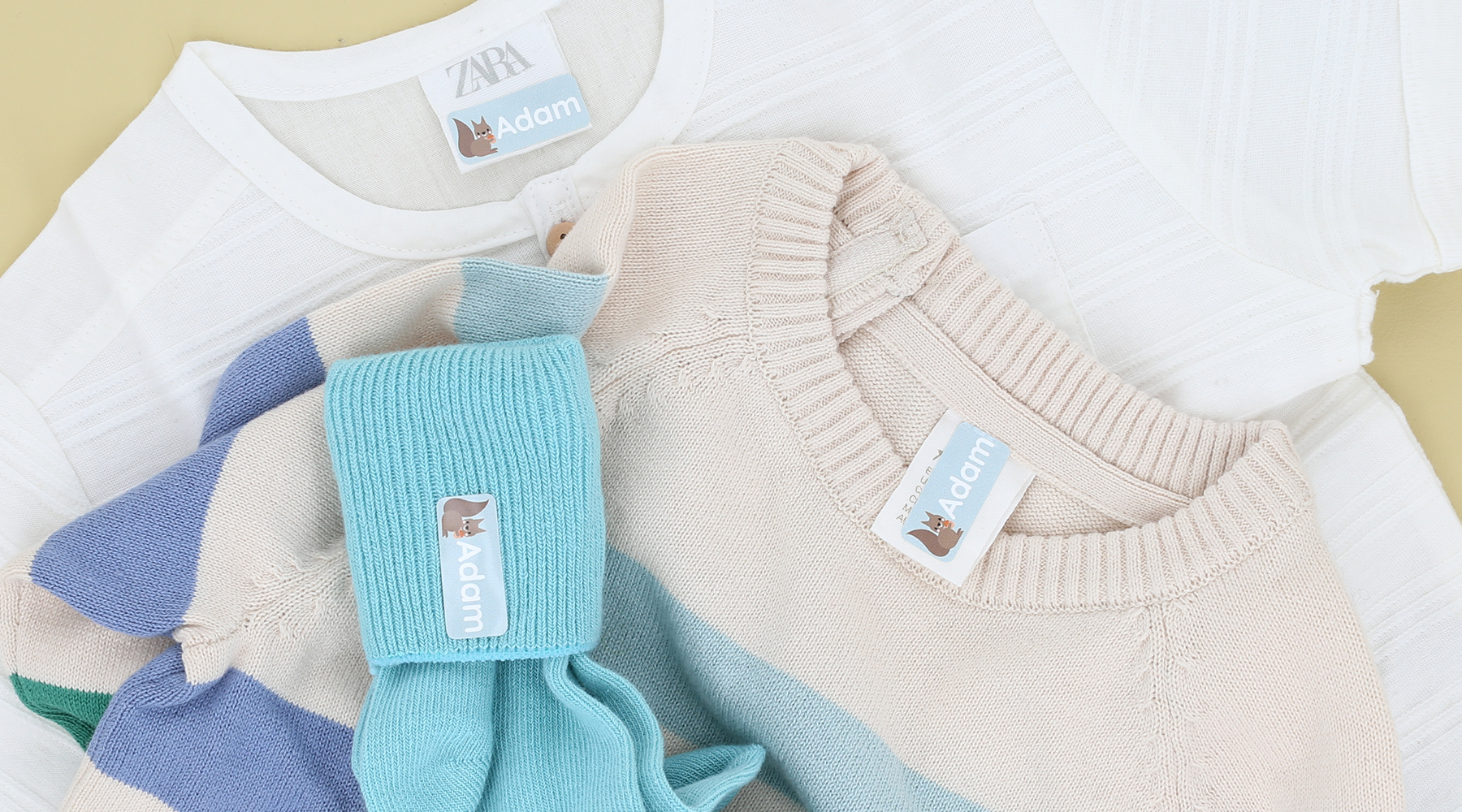
Two Sets of Extra Clothes
You don’t need to double up on everything you send your child to school with, but schools and daycares will often request more than one change of clothes to have on hand just in case. There may be periods where your child has a greater need for several changes of clothes, such as during potty training. Extra clothes are also needed for children who do not use diapers anymore but still have the occasional spill or accident.

You’ll ensure your child is happy and comfortable during the day, and alleviate stress for yourself, in case your child needs to change at school. You’re sure to earn bonus points from school staff if you make things as simple and easy for them as possible by providing the right items packed neatly together and labeled clearly. A good day at work will give the staff more energy to take care of your child and makes for happier days for everyone!
What Does Your Child Need in Terms of Extra Clothes?
Here is an overview of what items are important to have for all seasons.
Extra clothes for the entire year:
- Underwear, 2 pairs
- Pants, 2 pairs
- Sweatshirts or sweaters, 2 pieces
- Socks, 2 pairs
- T shirts, 2 pieces
- Slippers
Change of clothes for the winter
- 2 Underpants
- 2 pairs of wool socks
- Sweater or sweatshirt
- Warm pants
- 1 extra beanie
- Parka
- Scarf
- 1 extra pair of gloves
- Warm winter boots
Change of clothes for the summer
- Shorts or dress
- Sun hat or cap
- Sandals
- Sneakers
Change of clothes for the spring and fall
- Water and wind resistant parka or coat
- 2 pairs of rain gloves
- Rain gear
- A thin beanie or rain hat
- Thin gloves or mittens
- Rubber boots preferably with lining
Latest post from the blog
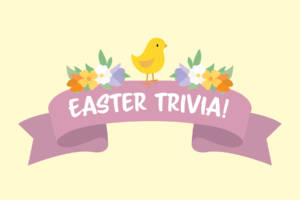
Egg-citing Easter Trivia: A Fun Family Quiz for Everyone!
Gather the entire family for some fun Easter Trivia. In which country did the tradition of the Easter Bunny originate? Trivias are a fun activity for everyone – so let’s go! How many do you know the answer to?
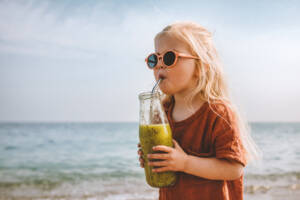
8 Smoothie Recipes – Tasty and Kid-Friendly
Sweet, fresh, and packed with vitamins. A smoothie is great for breakfast, a snack, or dessert. Here are eight of our favorite recipes.

How to Bring More Joy into Your Everyday Life
Scandi Christmas Cookies Recipes that your kids and family will love! Create new Christmas memories with the family. A new tradition perhaps?